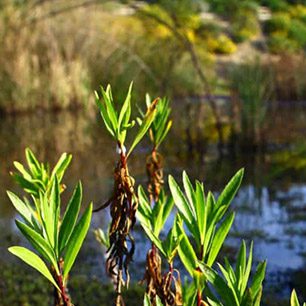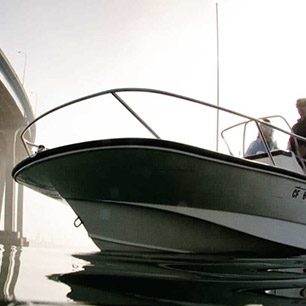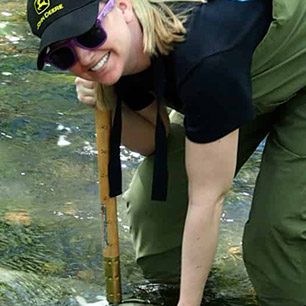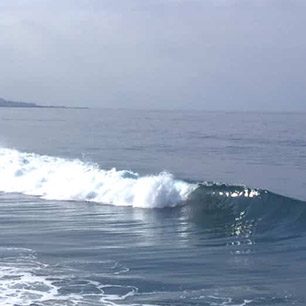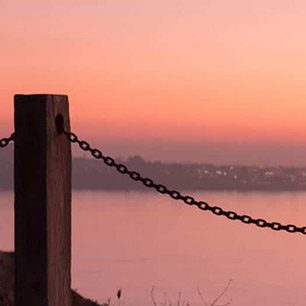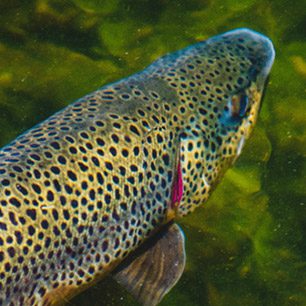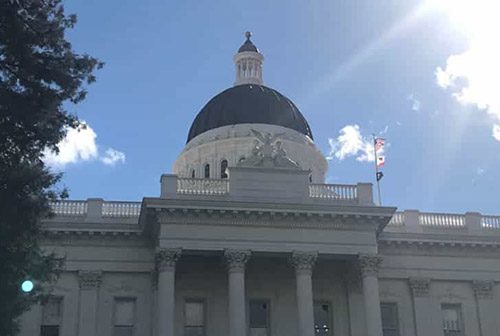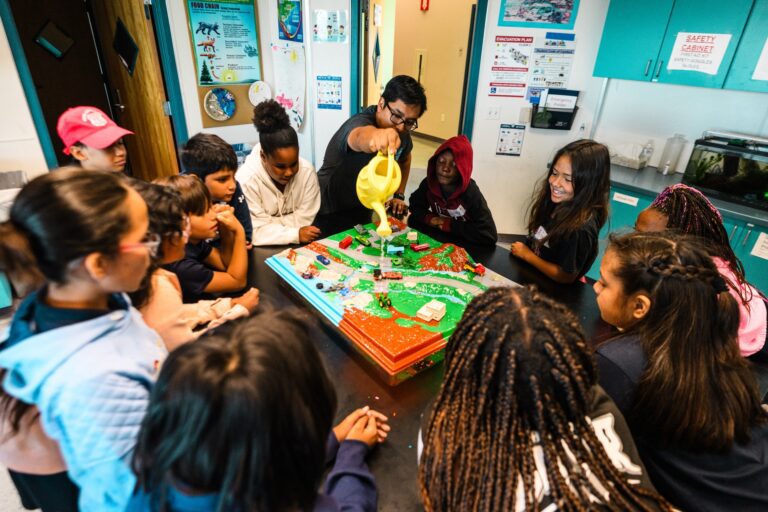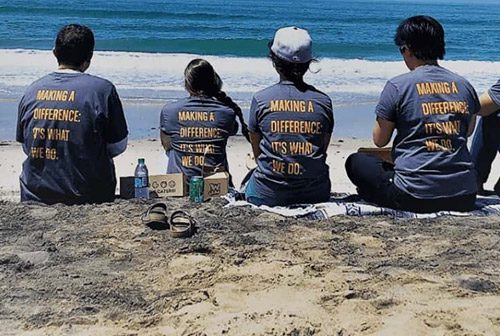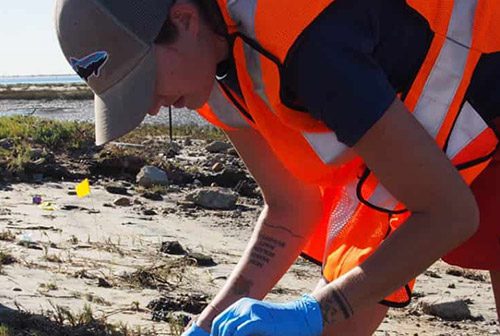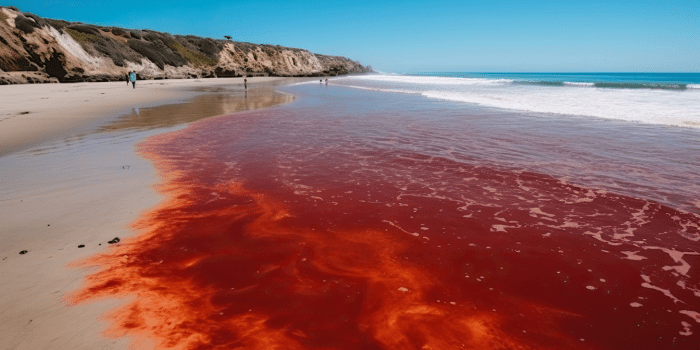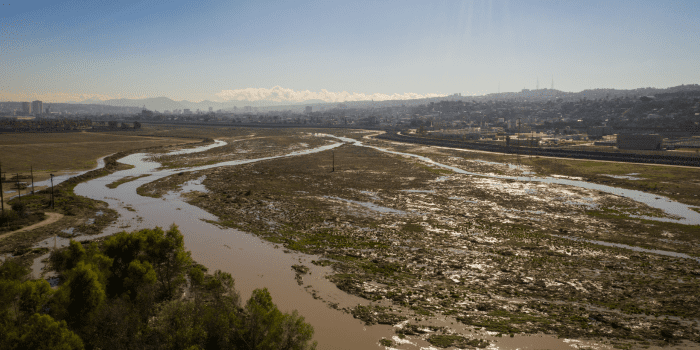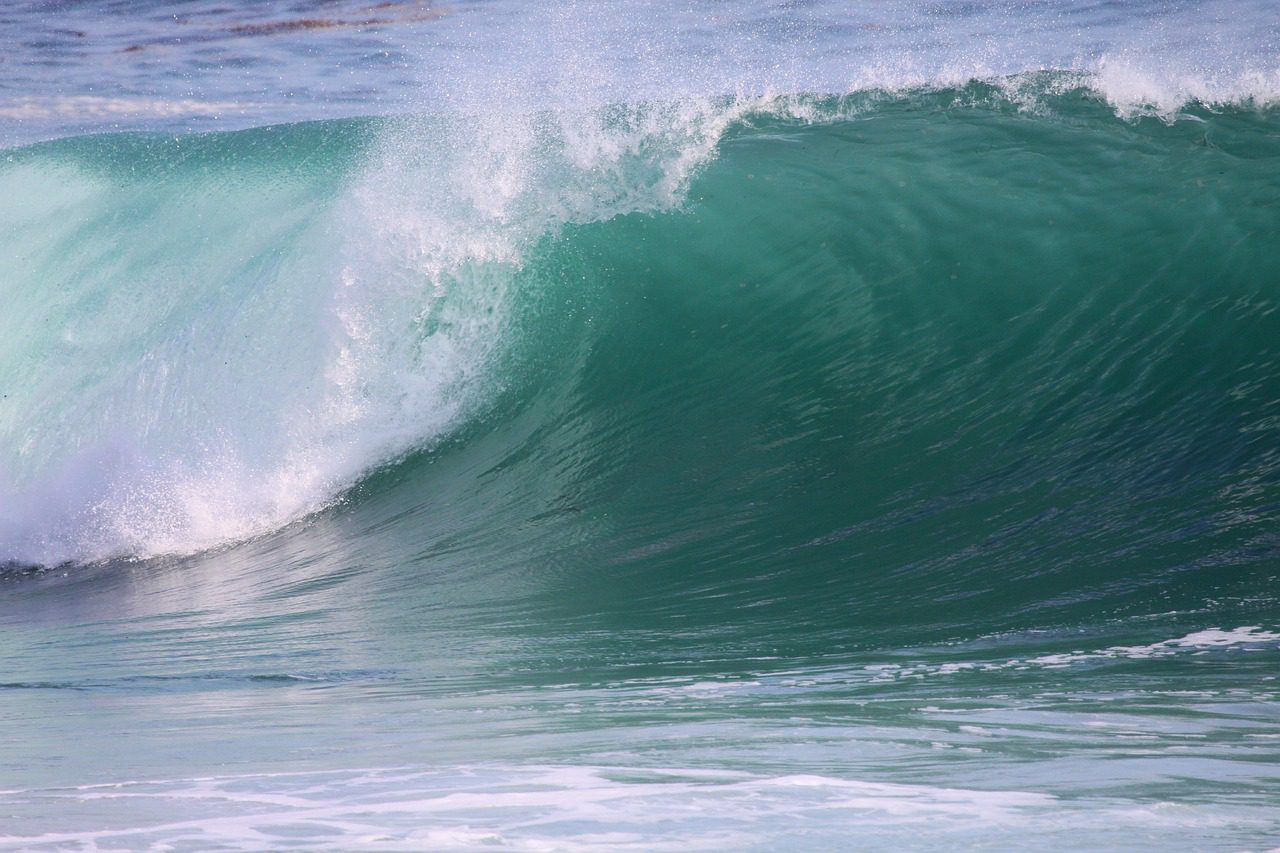This is the sixth of a 10-part blog series examining the nature of ASBS, the threats they face and the actions we can take to protect these biological hotspots for future San Diegans.
Last Saturday, San Diego Coastkeeper joined forces with our friends at Surf Diva and 25 volunteers to cleanup La Jolla Shores. 

Over the past four years, San Diego Coastkeeper has facilitated over 20 cleanups around La Jolla Shores to help reduce marine debris entering the water. Considering the importance of pollution prevention in Areas of Special Biological Significance (ASBS), our cleanup work is valuable in highlighting common pollutants (litter) and engaging community members in helping keep La Jolla clean. We do this by asking volunteers to work in teams and complete data cards while they collect trash – and our cleanup data tells an interesting story. Here are some highlights:


2. Volunteerism has steadily dropped at La Jolla Shores cleanups over the past 4 years. Our 2007 cleanup boasted 283 volunteers, and last year’s event hosted only 59 people dedicated to cleaning up the area. Many volunteers worry about parking and transport, while others think the area is so clean that it doesn’t need the help (it does!).
3. La Jolla Shores is one of the “cleanest” beaches in San Diego County, based on the pounds of trash collected per volunteer. The average amount since 2007 is below a value of 1 pound per volunteer, which places it high amongst the ranks of other clean beaches such as Torrey Pines and Del Mar.


4. Single-use & plastic products dominate La Jolla Shores’ top ten. Coastkeeper and friends have been fighting hard to stop pollution from single-use plastics by helping the public switch to sustainable alternatives, such as reusable water bottles, bags, and Tupperware®. And even though smoking is banned on the beach, we still count a lot of cigarette butts right next to the beach – between 1200 and 2000 per cleanup each year.
After the cleanup, I met some friends for a beautiful SCUBA dive inside the marine reserve at La Jolla Cove. I tried not to get upset by the two abandoned lobster traps I saw (one with a big sheep crab traped inside), and instead focused on the beauty and peacefulness under the kelp forest. We saw two giant sea bass, a 4ft shovel nose guitarfish, and a stunning new-to-me nudibranch called Hopkins Rose, and it was a day well spent in our ASBS.



